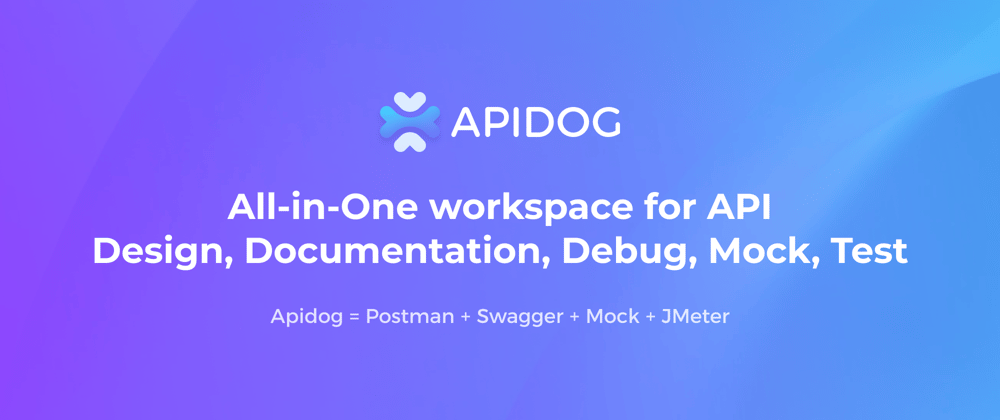How To Use If Condition In Postman
Mastering If Conditions in Postman for Powerful API Testing
Postman’s powerful scripting capabilities extend beyond simple requests and responses. One of the most useful aspects is its ability to use if conditions to create dynamic tests and validations tailored to specific responses. This guide will explore how to effectively leverage if conditions in your Postman workflows.
1. Basic if Condition Structure in Postman Tests
The basic syntax for an if condition in Postman tests closely resembles JavaScript:
pm.test("Status code is 200", () => { if (pm.response.code === 200) { pm.expect(pm.response.json().message).to.be.equal("Success"); }});Explanation:
pm.test("Test description", () => { ... });: This defines a test with a descriptive name.if (pm.response.code === 200) { ... };: Theifstatement checks if the response code is 200.pm.expect(pm.response.json().message).to.be.equal("Success");: This assertion uses Chai’sexpectto verify the message in the response body.
2. Using else for Conditional Logic
You can extend the if statement with an else block to execute a different set of actions when the initial condition is false.
pm.test("Status code is 200 or 404", () => { if (pm.response.code === 200) { pm.expect(pm.response.json().message).to.be.equal("Success"); } else if (pm.response.code === 404) { console.log("Resource not found"); } else { console.log("Unexpected status code: " + pm.response.code); }});Explanation:
- Multiple
else ifblocks: You can include multipleelse ifstatements to check for various conditions. - Default
elseblock: The finalelseblock acts as a catch-all when none of the previous conditions are met.
3. Working with Data Using if Conditions
if conditions are particularly useful for dynamically testing responses based on specific data within the response body.
Example: Validating User Roles:
pm.test("User has admin role", () => { const userRole = pm.response.json().role; if (userRole === "admin") { pm.expect(pm.response.json().permissions).to.include('create'); } else if (userRole === "user") { pm.expect(pm.response.json().permissions).to.not.include('create'); } else { console.log("Invalid user role: " + userRole); }});Explanation:
- Extracting data: We use
pm.response.json().roleto extract the user role from the response. - Conditional assertions: The
ifstatements check the user role and perform different assertions based on the role.
4. Nested if Statements for Complex Logic
For intricate scenarios where multiple conditions need to be evaluated, you can use nested if statements.
Example: Testing Multiple Response Fields:
pm.test("Validating response data", () => { const response = pm.response.json(); if (response.status === "success") { if (response.data.length > 0) { pm.expect(response.data[0].name).to.be.a('string'); } else { console.log("Data array is empty."); } } else { console.log("Response status is not success."); }});Explanation:
- Inner and outer conditions: We first check the overall response status, and if successful, we proceed to validate the data array within the response.
5. Combining if and switch Statements for Cleaner Code
For scenarios with multiple alternative paths, consider using the switch statement along with if conditions, leading to more elegant and readable code.
Example: Testing Different API Endpoints:
pm.test("Endpoint-specific validation", () => { const endpoint = pm.request.url.path.split('/').pop(); switch (endpoint) { case 'users': if (pm.response.code === 200) { pm.expect(pm.response.json().length).to.be.greaterThan(0); } break; case 'posts': if (pm.response.code === 200) { pm.expect(pm.response.json().[0].title).to.be.a('string'); } break; default: console.log("Unrecognized endpoint: " + endpoint); }});Explanation
- Switch statement: This efficiently handles different endpoints using
caseblocks. ifconditions withincaseblocks: We can includeifconditions within eachcasefor endpoint-specific validations.
6. if Conditions in Pre-request Scripts
if conditions are not limited to tests. They can also be used in Pre-request scripts to modify request parameters based on specific conditions.
Example: Dynamically Choosing a URL Path:
const environment = pm.environment.get("env");if (environment === "production") { pm.request.url.path = "/api/v2/users";} else { pm.request.url.path = "/api/v1/users";}Explanation:
- Pre-request script: This script runs before each request.
- Environment variables: We use the environment variable
envto determine the API version. - Dynamic URL path: The script dynamically sets the request path based on the environment.
Conclusion
Mastering if conditions in Postman empowers you to create dynamic, precise, and powerful API tests tailored to the complexities of your APIs. By understanding how to use if conditions effectively, you can streamline your testing workflow, ensure robust validation, and improve the reliability of your API integrations.
